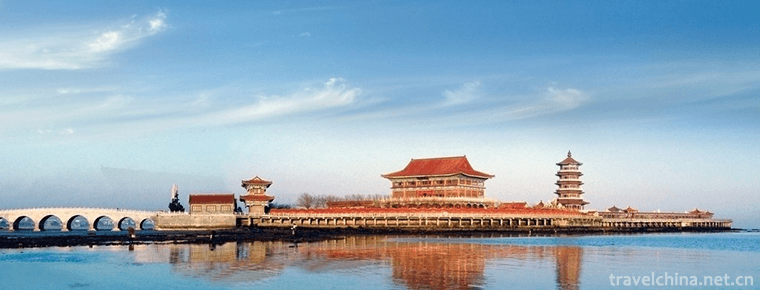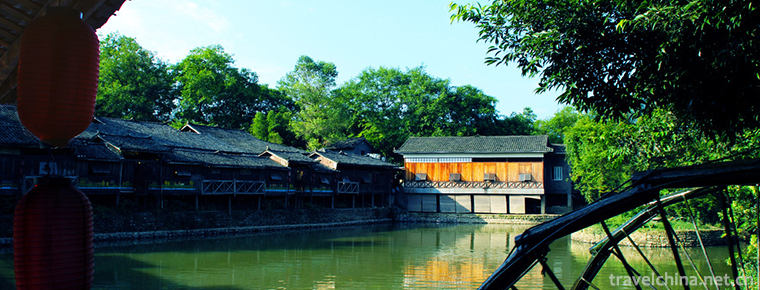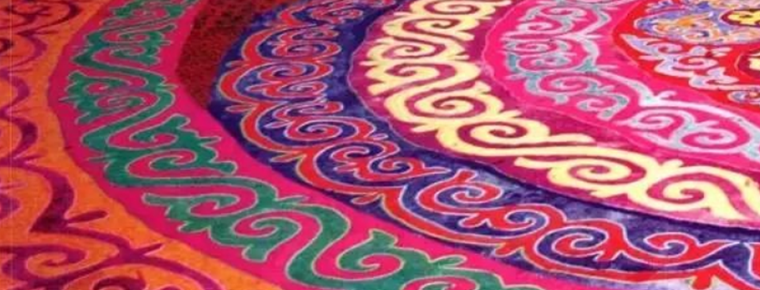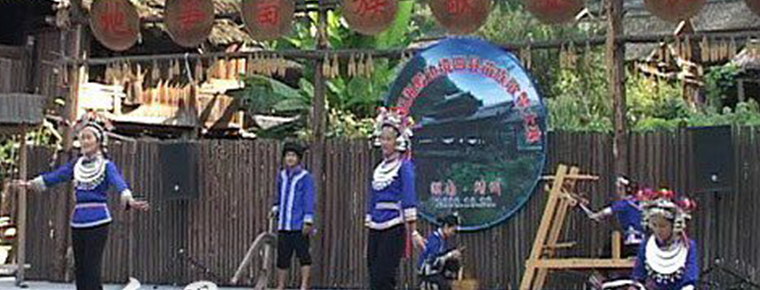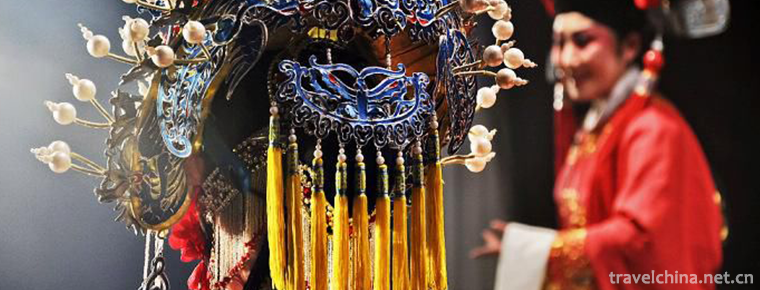Shanshan guild hall
Shanshan guild hall
Shanxi-Shaanxi Guild Hall is the place where Shanxi and Shaanxi merchants and businessmen associate with each other and worship gods. It combines exquisite architectural structure and exquisite sculpture art, fully demonstrates the wisdom and talent of the local working people in ancient times, and is a masterpiece of traditional palace architecture in ancient China. In the Ming and Qing Dynasties, Shaanxi and Shanxi formed two well-known commercial groups, Shanxi and Qin merchants. Shanxi and Shaanxi, separated by a river, have had a good story of Qin and Jin Dynasty since ancient times. At that time, Shanxi and Shaanxi businessmen, in order to confront the needs of Huizhou businessmen and other businessmen, often used the good neighboring provinces to combine with each other. People usually called them "Western businessmen". After the combination of Shanxi and Shanxi merchants, Shanxi and Shanxi Guild Halls (also known as Western Chambers of Commerce) have been built in many cities and towns, forming a strong force. The famous Shan-Shan Guild Hall includes the Shan-Shan Guild Hall of the Social Banner and the Shan-Shan Guild Hall of Liaocheng, among which the Shan-Shan Guild Hall of the Social Banner of Henan Province is known as the "First Guild Hall of China" and has now become a cultural tourism resource.
Overview
The main functions of Shan-Shan Guild Hall are as follows: it unites the businessmen in Qin and Jin Dynasties and many traders, and plays an active role in the exchange of business information, safeguarding the interests of fellow countrymen and businessmen, and mediating commercial disputes. Over the past five centuries, Shanxi and Shaanxi merchants have developed from salt industry to cotton, cloth, grain, oil, tea, medicinal materials, fur, finance and other industries. Shanxi and Shaanxi merchants, relying on their homeland, have expanded to key customs towns and commercial cities all over the country, starting from inland trade, until expanding trade to neighboring countries such as Mongolia, Russia and Korea. The trade activities of Shanxi and Shaanxi businessmen greatly enriched the commercial culture of ancient China and pushed China's commercial operation to a new height. Shanxi and Shaanxi businessmen in the Ming and Qing Dynasties pushed the history, wisdom and art of Shanxi and Shaanxi's business to the extreme. Shanxi and Shaanxi businessmen'great courage, long footprint and huge wealth made the world recognize the historical fact that "no business without west".
Among many Shanxi and Shaanxi guildhalls throughout the country, some are also called "Western Chamber of Commerce", others are called Shaanxi Guildhall or Western Qin Guildhall. Especially in Yun-Gui-Chuan area, because of the monopoly of Shaanxi Commercial Band's economy in Ming and Qing Dynasties, many guildhalls were preserved in the area, such as Chengdu, Chongqing and other central busy streets, which were named "Shaanxi Street" and "Shaanxi Road" because of the guildhalls.
Practical information
Opening Hours
Summer: 8:00-18:00 Winter: 8:00-17:30
Ticket Price
Tickets are 40 yuan per person and half-price is 20 yuan per person.
(1) Active servicemen, revolutionary disabled servicemen, disabled persons and the elderly over 60 years of age are exempted from admission tickets with their valid certificates.
(2) An escort with visual, intellectual and first-class and second-class physical disabilities is exempted from admission tickets.
(3) Full-time school students are exempted from admission tickets by half-ticket on the basis of valid certificates, and children under 1.4 meters are exempted from admission tickets.
(4) Tickets are exempted from holding valid credentials issued by the General Administration of Information.
(5) A tour guide or a driver with a tour guide's certificate is exempt from admission tickets.
Suggest playing
Recommendation 2-3 hours
Best season
Four seasons are all acceptable.
Traffic information
Take the shuttle bus from Nanyang Bus Station to Sheqi, get off and walk for 10 minutes.
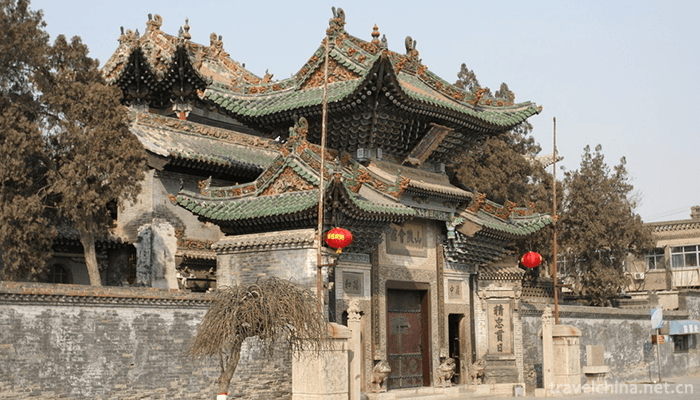
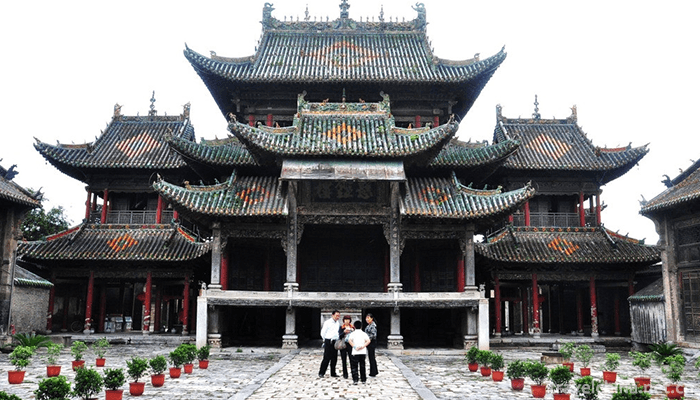
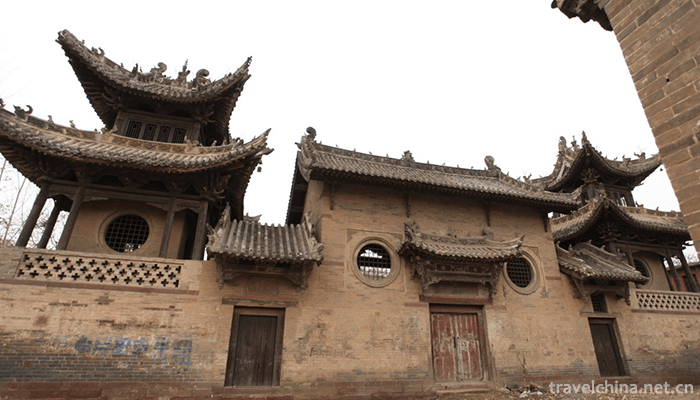
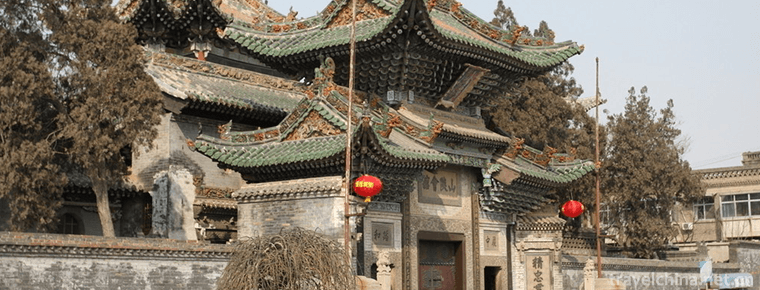
Shanshan guild hall
-
Jiang Lang Shan
Jianglangshan, formerly known as Yulangshan and Jinchunshan, is located in Shimen Town, Jiangshan City, Quzhou City, Zhejiang Province
Views: 220 Time 2018-12-07 -
Eight Immortals Crossing the Sea Scenic Area
Eight Immortals Crossing the Sea Scenic Area, also known as Eight Immortals Crossing the Sea and Eight Immortals Crossing the Haikou, is situated on the shore of the North Yellow Sea in Penglai City
Views: 240 Time 2018-12-23 -
Guilin Yijiang Margin Scenic Spot
Guilin Yijiang Rim Scenic Spot is situated on the northwest tour line of Guilin with long corridor. It is 32 kilometers away from the urban area (321 National Highway Lingui Wutong Town Section).
Views: 350 Time 2019-01-13 -
Weaving and Dyeing Techniques of Felt and Printed Fabric
Uygur felt, printing and dyeing technology, Xinjiang Uygur Autonomous Region Turpan (now Turpan) local traditional skills, one of the national intangible cultural heritage.
Views: 125 Time 2019-05-04 -
Jingzhou Miao Geku
The Miao people's song (tgong) has been declared as the first batch of national folk intangible cultural heritage and one of the two "national treasures" of Huaihua City.
Views: 154 Time 2019-05-08 -
Loba Costume
Clothing custom is an important manifestation of human material and spiritual cultural life, with a long history. The Loba people live in dozens of rivers and valleys in the vast Loba area, which are
Views: 534 Time 2019-05-15 -
Yanbei Playing with Children
Yanbei children's play, also known as cough cavity, is popular in Datong City, Shanxi Province and its surrounding traditional drama, one of the national intangible cultural heritage.
Views: 181 Time 2019-07-10 -
Han Feizi
Han Feizi is a collection of works of famous thinkers and Legalists Han Fei during the Warring States period. Han Feizi was compiled by posterity after Han Fei's death. According to hanshuyiwenzhi &qu
Views: 109 Time 2019-09-07 -
Guanyin Pavilion
Stand on Ezhou The city's Xiaodong gate dike overlooks the Yangtze River, and a huge reef stands in the center of the Yangtze River. Long pan Ji " It is also known as "Wanli Changjiang first
Views: 491 Time 2019-09-20 -
Mount Fulai
Mount Fulai is one of the top 40 tourist attractions in China. It is 27 kilometers away from Shunan Bamboo Sea central scenic spot and 10 kilometers away from qidonggou, a 4A tourist attraction. It is composed of more than 80 hills.
Views: 180 Time 2020-10-16 -
Ertan scenic spot
Ertan National Forest Park is located in Chengdu Emeishan Xichang Kunming tourist hotline. The majestic power station, the misty blue lake, the surrounding green mountains, the wild virgin forest
Views: 144 Time 2020-10-16 -
Suining City Construction
In 2019, Suining completed the investment of 4.991 billion yuan in municipal infrastructure construction. The green space rate of the built-up area is 34.46%, the green coverage rate of the built-up area is 39.6%, and the per capita green space area of the park is 12.42 square meters.
Views: 156 Time 2020-12-16

